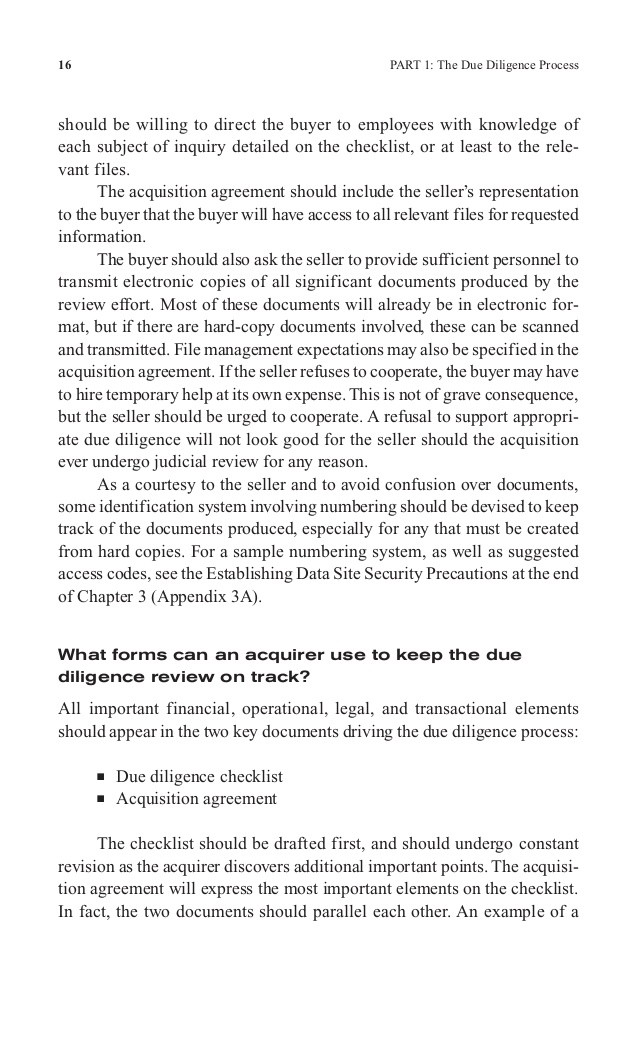The Checklist for the Ideal 401k Investment Due Diligence Process
Post on: 30 Апрель, 2015 No Comment

(This is the third installment of a special three-part series)
W hen you look through the totality of the published content on FiduciaryNews.com. you start to see the due diligence process coming together in a structured manner. What at first appears as nothing more than a series of random dots gentling flowing across the landscape coalesces into an intricate constellation that can stand for the ages (or at least until the 401k plan sponsor revises the plan’s investment policy statement). Its a wonderful and peaceful sight to the eyes of many beleaguered 401k plan sponsors looking to reduce their fiduciary liability. Rather than ask you to read (or re-read) the entire corpus again, for your convenience, we’ve put together this checklist (and a short explanation of each item):
- Documented Selection Process – Every 401k plan sponsor needs to have a written selection process. One can’t rely on a haphazard approach and still maintain compliance with one’s fiduciary duties. Besides actually putting it in writing, the selection process should contain or utilize several elements, each of which we describe below.
- Documented Monitoring Process – Before the 401k plan sponsor can even add the first fund to the plan’s menu of investment options, it will be wise to define in writing how all selections will be monitored. There’s no sense in getting into a finger-pointing game when it’s too late. State upfront how the plan sponsor will measure and assess the investment options.
- Incorporate the Techniques of Behavioral Economics – We can say this another way: “Avoid the Techniques of Modern Portfolio Theory” but, in doing so, we’ll no doubt upset some apple carts. Still, it’s critical the 401k plan sponsor understand the limitations of investment theories and not underestimate the psychology of plan investors. By incorporating the techniques of behavioral economics right in the selection process, the plan leaves investors with at least one less chance to trip themselves up.
- Analyzes at least 10 Critical Parameters – Once the 401k plan sponsor starts looking into specific mutual fund candidate, it’s helpful to have enough data point for comparison in order to insure a credible comparison. We’ll say the minimum is ten, but it’s not unusual for professionals to look at twenty or more parameters when analyzing mutual funds.
- Options in Line with Objectives – Here the 401k plan sponsor ties the due diligence process directly back to the investment policy statement. This is also where delegating to the wrong adviser can prove difficult. Many advisers still utilize techniques derived from Modern Portfolio Theory (even if they don’t know or admit it). A properly constructed investment policy statement will avoid these devices and instead rely on techniques derived from behavioral economics. If an adviser insists on using Modern Portfolio Theory in contradiction of the investment policy statement, then “Houston, we have a problem.”
- Options are Materially Unique – This represents another difficult challenge. Many naïve 401k plan sponsors insist every investment option regularly yields high returns. In fact, this item, coming from the 404(c) Safe Harbor provision, practically demands options (and their underlying funds) exhibit non-covariant behavior. That means while some funds have spectacular returns, other funds must necessarily have less than spectacular returns (and vice-versa). If all the funds always move in the same direction to the same degree, they’re probably not materially unique.
- Review Options vs. Benchmarks – It’s one thing to define a monitoring process (see above), but it’s another thing to execute that process. This item addresses execution. It goes a step further and implies the monitoring process should have already identified pertinent benchmarks. And by benchmarks, we don’t necessarily mean indexes or even similar funds. Benchmarks might also include plan specific return targets, which leads right to the entry on the checklist…
- Uses Consistent Risk/Return Wording – This is the cousin of “Options in Line with Objective” since this is another source of conflict between vendors, particularly those that continue to use Modern Portfolio Theory vs. behavioral economics techniques. When the plan’s investment policy statement incorporates risk/return wording consistent with behavioral economics, the 401k plan sponsor should not be using an investment consultant that provides reams of statistical data on beta, Sharpe Ratio or any one of a multitude of mathematical artifacts from Modern Portfolio Theory.
- Use Industry-Accepted Sources – This doesn’t mean not to use a vendor’s proprietary system, it just means the vendor’s proprietary system should be using data from industry-accepted sources. Unlike almost any other form of investment product, this is incredibly easy for mutual funds. Mutual funds provide their data to the government on a regular basis and there are firms that compile that data.
- Documented Independent Evaluation – This one goes without saying. Never ask someone selling the product to also evaluate it. Sure they’ll do it anyway, but get a second opinion. Someone without a vested interest in a particular mutual fund family will be more like to both see the warts and tell you about them. Lastly, if any 401k plan sponsors haven’t grasped this concept yet, here it is: Document everything. It’s the only proof they’ll be able to provide the DOL when the auditing regulator comes knocking at the plan sponsor’s door.

So there you have it. Thousands and thousands of words based on dozens of interviews summarized into a ten-item checklist. But, here’s the best part. Due diligence is like a river. It’s constantly moving; hence, constantly changing. Fifteen years ago it was written in the language of Modern Portfolio Theory. Today it is written in the language of behavioral economics. Fifteen years from now…
…stay tuned, stay informed and stay up-to-date. Keep reading FiduciaryNews.com !
Part III: The Checklist for the Ideal 401k Investment Due Diligence Process














